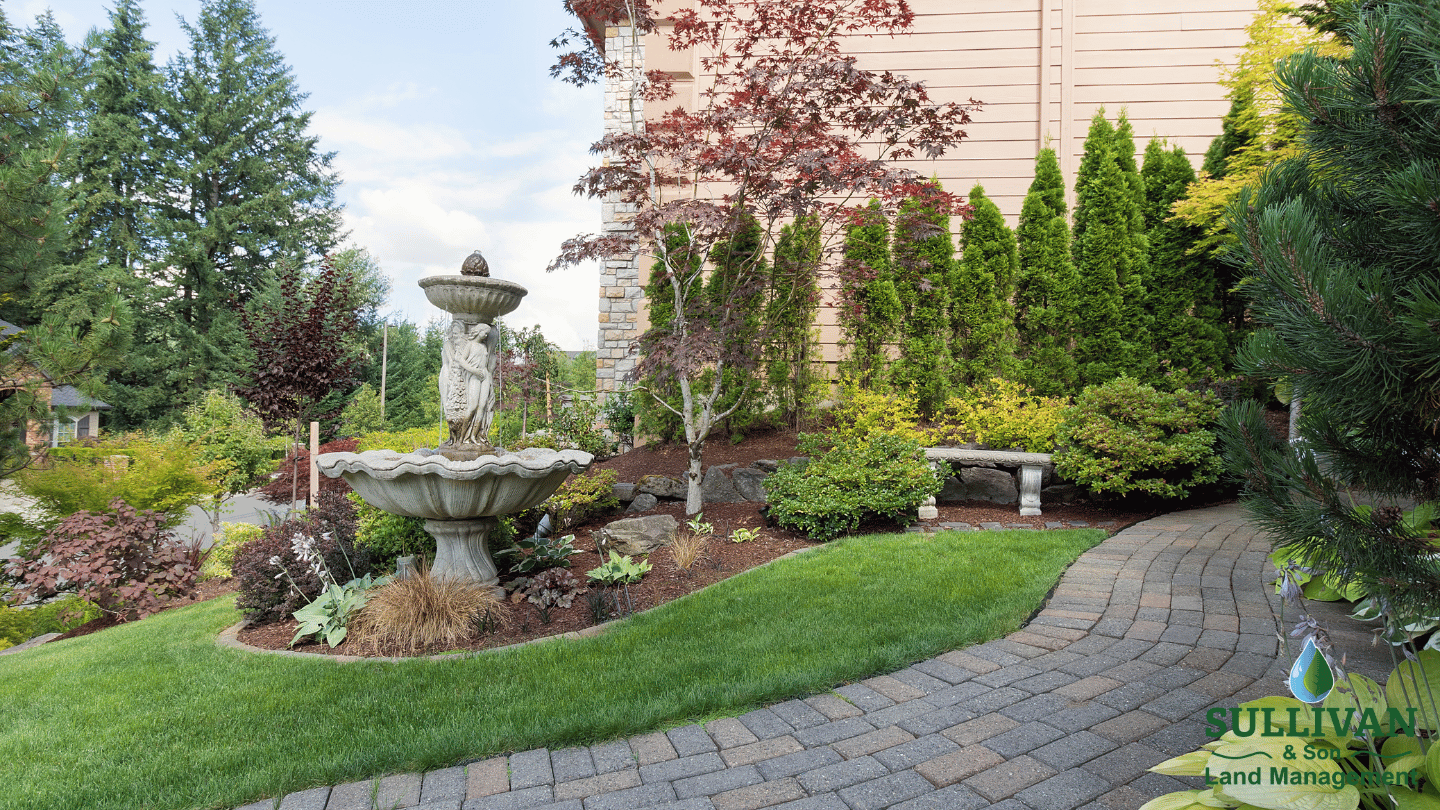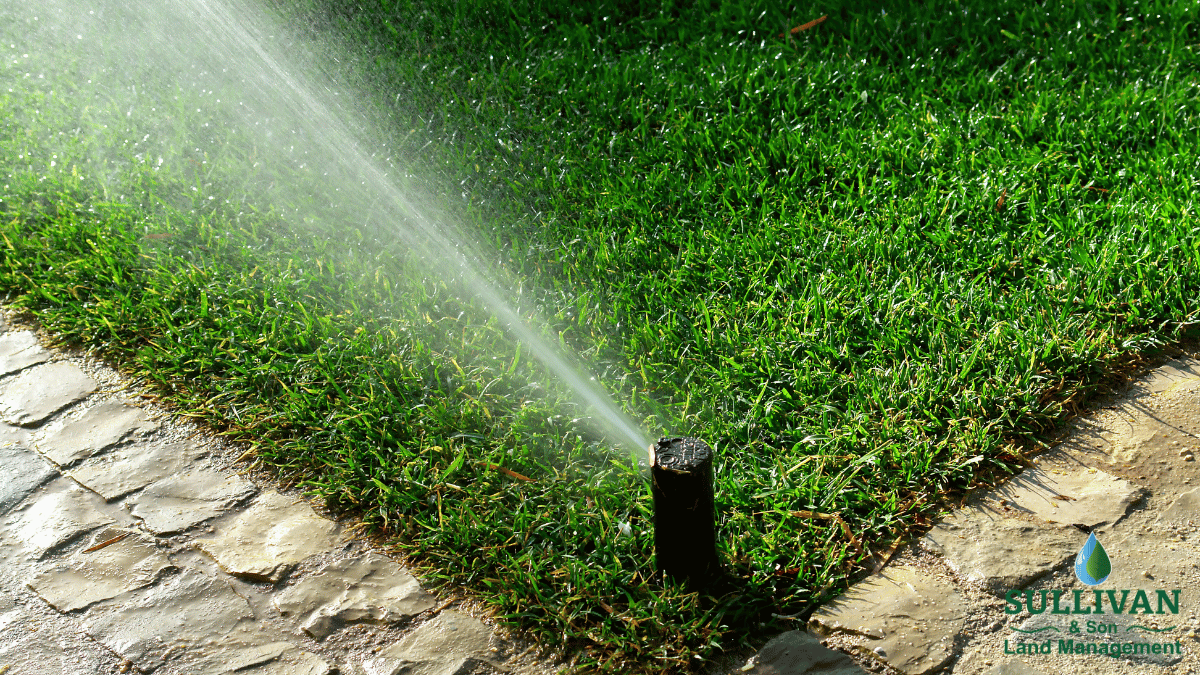Your patio shouldn’t require a rebuild every five years, after all. But we have watched it happen — beautiful bluestone that looked fine in September starts to heave by February, or pavers that appeared flat in spring are rocking underfoot come fall. When it comes to actual installation, here’s what works in New Canaan — where freeze-thaw cycles will test every joint and summer humidity will find every weakness in your work.
Picking a material is not like flipping through the pages of a catalog and choosing what looks nice. Stone takes a beating in the New Canaan winters. Bluestone, granite: You want to achieve that classic New England feel since Yankee magazine says it just screams colonial, but you won’t if they’re not placed on a compacted base at least 8 to 10 inches thick of crushed stone. A few stones are porous and must be sealed periodically, perhaps every few years; others, including some granites, are dense enough not to need much help resisting moisture. Porcelain pavers are popular for good reason: they stay clean, do not absorb water and can withstand freeze damage better than most natural options if the base and jointing are properly done. Concrete pavers will also work, particularly the denser types; however, you'll need to make sure your installer can slope for drainage — standing water is the quickest way to get slumping and settling.
The reality is, most patio failures occur beneath the surface. A thin base, inadequate compaction or no geotextile fabric to stabilize the soil, and you can expect frost heave within a season or two — along with pot holes and wavy joints. It’s the installation that’s more important than the stone.
At the moment, homeowners are embracing simpler patterns and bigger pavers. Big stone or pavers result in cleaner lines and less joints to maintain." We’re also seeing more mixed materials — warm bluestone and smooth porcelain, for example, or wood detailing to soften the corners. It’s not just about appearance: these styles generally have a way of naturally defining various zones. You have a dining area that feels different from the lounge area without requiring planters or railings all over the place. Outdoor fireplaces and low-profile fire pits punctuate these spaces and give you a reason to be outside in October rather than running inside the moment it cools down.
Lighting and drainage are becoming smarter as well. Linear drains maintain those clean sight lines while capturing runoff, and unobtrusive path lighting keeps it safe without giving your yard an airport runway vibe. They make surfaces porous — either through gapped jointing in traditional pavers or actual water-penetrable pavers — help with managing water and prevent your plantings from becoming inundated during heavy rain.
Before you dig, spend quality time on the site itself. Walk it in the morning and then again late afternoon to get a sense of where sun and shade fall. Consider the slope — you will want at least 2 percent grade away from the house, and more if you are next to a low spot. Trees are nice but roots will take absolutely a “lift the stone if you didn’t hope for it effect” with them. And if you are considering adding lighting, speakers or a gas line for a grill later on, plan for conduits now. It’s expensive and ugly to cut into a finished patio to run a wire.
Maintenance is not rocket science, but it makes a difference. And in spring, sweep up and look for any stones that shifted during the winter. Re-sand joints that have washed out. Summer is a great time for a soft power-wash to remove stains, and fall brings leaf-clearing before leaves cause moisture to be held against the stone. Winter’s the tough one—rock salt on delicate stone will eat through sealer, pit the surface. Use sand for traction or a manufacturer-recommended de-icer sparingly. If you have stone that’s porous, such as some bluestone or limestone, expect to reseal every three to five years depending on use.
A good patio in New Canaan should last you fifteen to twenty years before it's time for major work. It won’t happen by accident — you’ll need the right materials, a good base and solid drain age and some seasonal attention. But get it right and you’ve got an outdoor space that will see you through mud season — or the humidity of August — without becoming a maintenance headache.
If you’re planning a patio, walkway or stone retaining wall and want to ensure it’s going to wear well, we are happy to drive out with you and discuss what makes sense for your lot. Sometimes a short conversation can save you from redoing something in five years.




